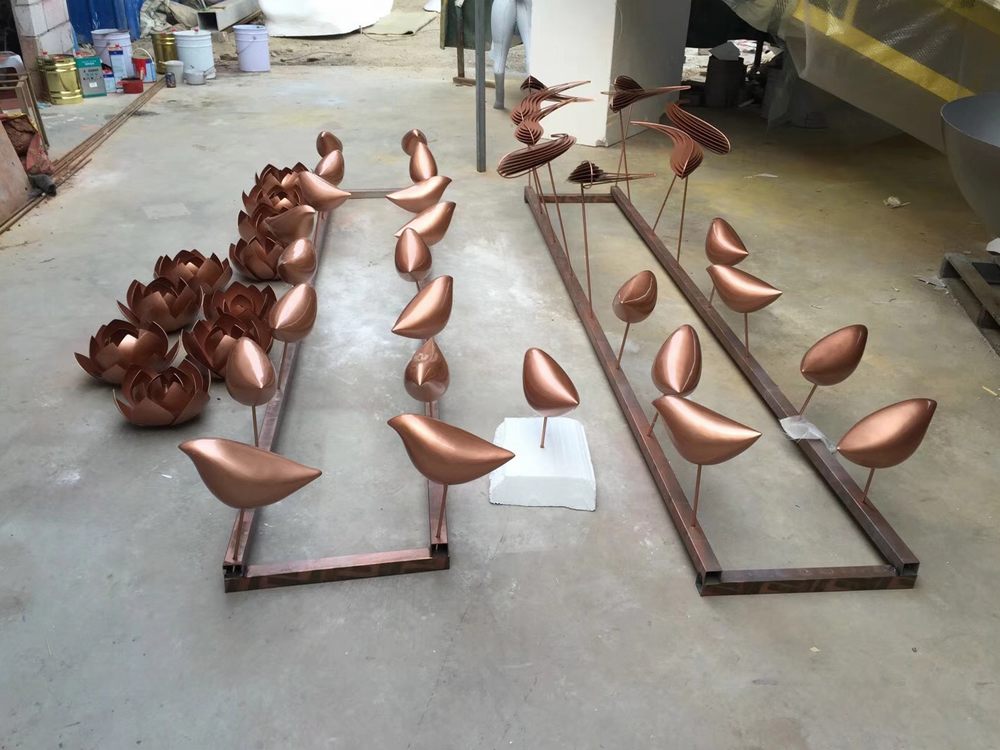
Artists have long exploited the natural opacity of stone to create mesmerizing shadow effects in their sculptures. By carefully selecting stones with varying densities—such as marble, alabaster, or limestone—they manipulate how light penetrates or reflects off the surface. Thinner sections of semi-translucent stone allow diffused light to pass through, casting soft, ethereal shadows, while denser areas block light entirely, producing sharp contrasts.
Techniques like undercutting and relief carving enhance these effects. For instance, in bas-relief sculptures, shallow cuts create subtle shadows that change with the angle of light, adding depth and dynamism. Modern artists often combine traditional carving with LED lighting to amplify the stone’s natural properties, transforming static pieces into interactive installations where shadows shift with viewer movement.
The interplay between stone’s opacity and light direction is also pivotal. Artists study the stone’s grain and fissures to predict shadow behavior, sometimes even incorporating flaws like cracks to break light unpredictably. This mastery of material and illumination turns cold stone into warm, living art that breathes through its shadows.

